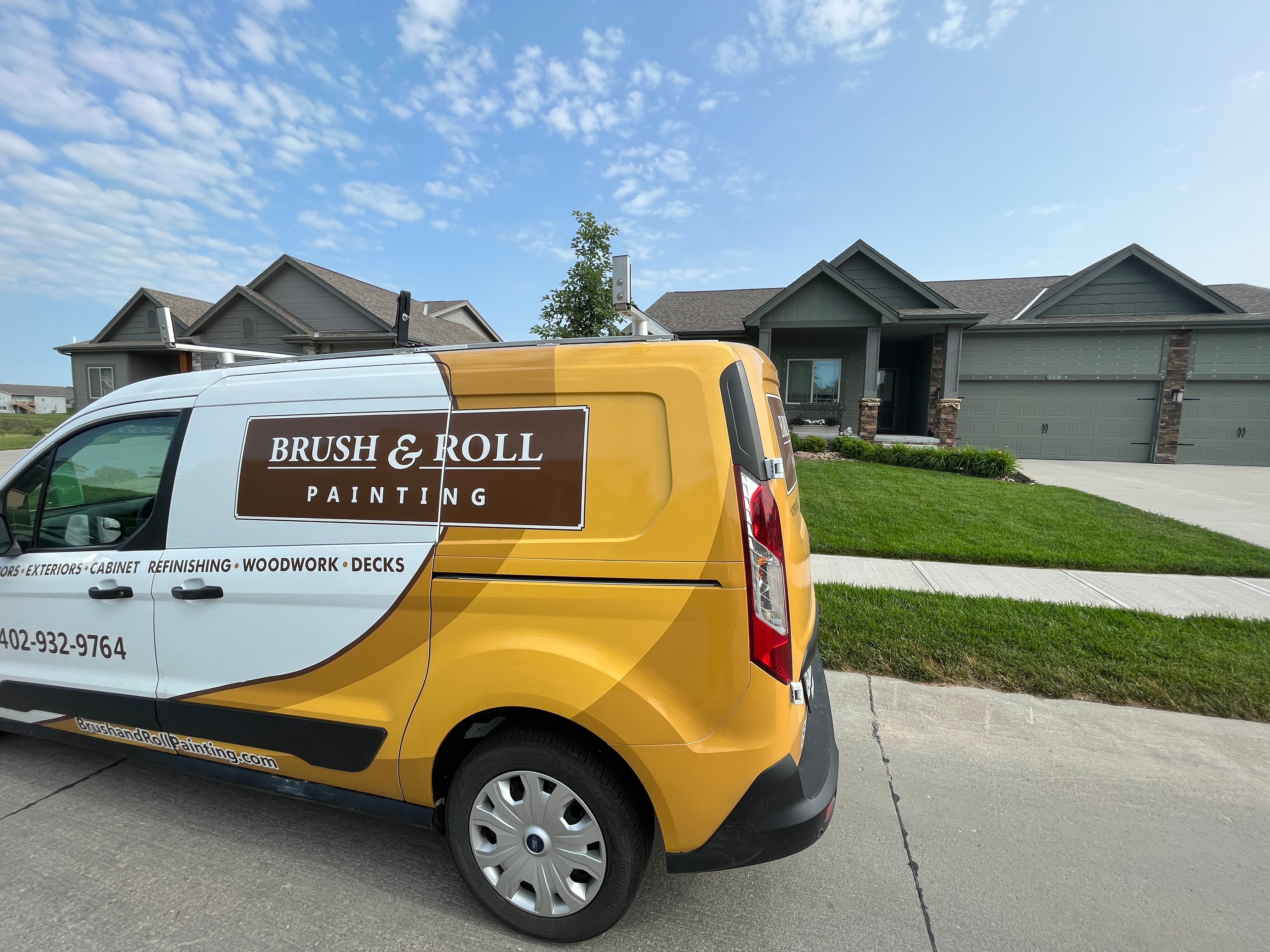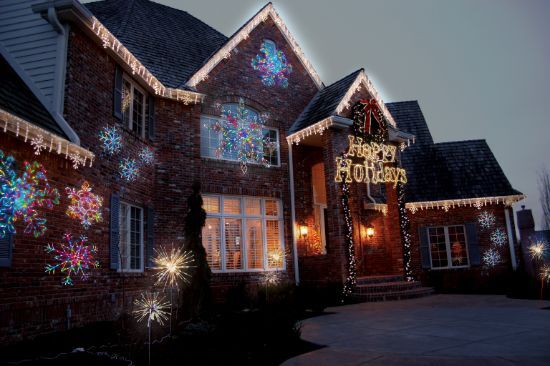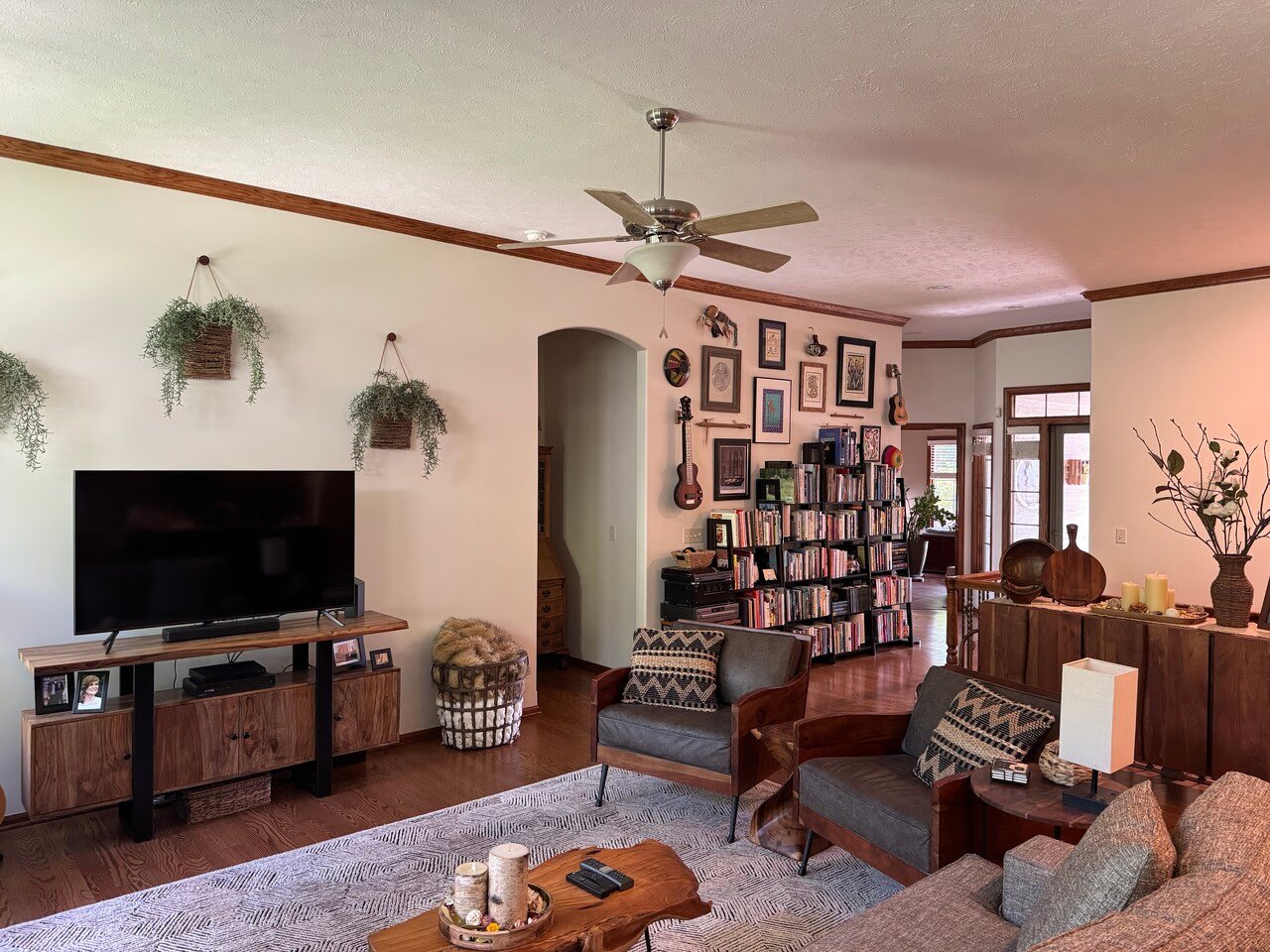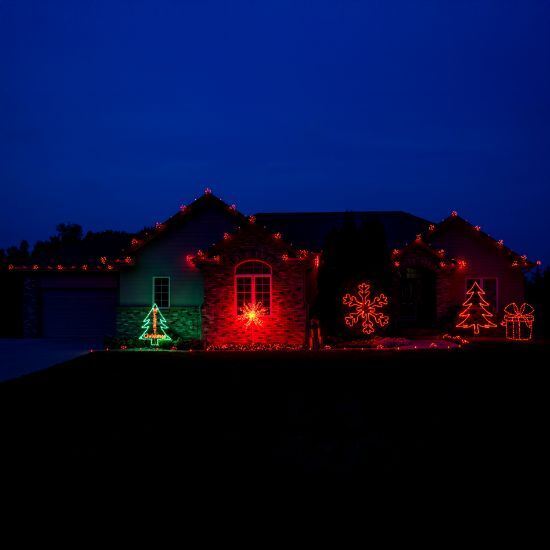Do You Have to Strip Cabinets Before Painting?
July 18th, 2024
4 min read
-Jul-18-2024-02-51-30-1250-PM.png?width=800&height=418&name=Blog%20Post%20Image%20Size%20(1)-Jul-18-2024-02-51-30-1250-PM.png)
Are you tired of looking at your outdated kitchen cabinets and dreaming of a fresh new look? Perhaps you're hesitant to take the plunge into a kitchen renovation because you're worried about the hassle and cost of completely stripping your cabinets before painting them. We understand—renovations can be daunting, and the thought of a lengthy, messy process might make you second-guess whether it's worth it.
At Brush & Roll Painting, we specialize in transforming homes in Omaha, NE with professional painting services. With 25+ years of experience and countless satisfied customers, we know the ins and outs of cabinet painting and refinishing. Our team is dedicated to making your home improvement projects as seamless and stress-free as possible.
In this article, we'll discuss when a finish on cabinets needs to be stripped off before painting. By reading this article, you'll learn why stripping isn't usually necessary, the importance of proper surface preparation, and when stripping might be required. By the end, you'll have a clear understanding of how to achieve a beautiful, long-lasting finish for your cabinets.
Should You Strip Cabinets Before Painting?
For most cabinet painting projects, completely stripping the cabinets is not necessary. This may come as a relief to many homeowners, as stripping involves removing the existing finish down to the bare wood, which can be a labor-intensive and messy process.
Instead, a good professional painter will focus on proper surface preparation, like sanding, to ensure excellent adhesion and a smooth finish.
Watch the video below to see the full process of painting cabinets.
Why Stripping Cabinets Isn't Usually Necessary
- Modern Primers and Paints: Today's high-quality primers, resurfacers, and paints are designed to adhere well to previously painted or varnished surfaces. These products have advanced significantly in recent years, allowing for strong adhesion without the need for stripping off the previous finish.
- Surface Preparation: Proper surface preparation is key to a successful paint job. This typically involves cleaning the cabinets thoroughly to remove grease and grime, followed by sanding. Sanding helps to scuff up the surface, providing a better grip for the primer and paint. This step is crucial for adhesion and ensures that the new paint will bond well with the existing finish.
When To Strip Paint off of Kitchen Cabinets

While stripping the previous finish from cabinets is usually not required, there are certain situations where it might be the best option:
- Multiple Layers of Old Paint: If your cabinets have several layers of old paint, stripping may be necessary to achieve a smooth finish. Too many layers can cause the new paint to look uneven or bulky.
- Severe Damage: Cabinets with significant damage, such as deep scratches, dents, or peeling paint, may need to be stripped to repair the surface properly. Stripping allows the painter to address these issues more effectively.
- Changing To a Lighter Stain: If you want to change from a dark color to a lighter color, stripping might be necessary to remove the old stain completely.
- Poor Previous Paint Job: If the previous paint job was done poorly, with inadequate preparation or low-quality materials, stripping might be required to start fresh.
How To Get Good Adhesion on Cabinets Without Stripping

Adhesion refers to the paint's ability to stick to the surface. Without good adhesion, the paint can peel, chip, or bubble within a few months after a project is finished. This leads to a poor-looking finish and the need for frequent touch-ups. Here’s how professional painters should ensure good adhesion:
Here are some key steps professional painters take to ensure good adhesion without stripping:
- Cleaning: Removing all dirt, grease, and contaminants from the cabinet surfaces is the first step. This is often done with a degreasing cleaner. The cleaner the surface, the better the paint will adhere.
- Resurfacer: When using a high-quality product like a 2K poly for painting cabinets, it is recommended to apply an resurfacer after cleaning the doors. This acts like a clear coat, to give the wood a new base. This coat should be worked into the grain with a cabinet brush.
- Sanding: Light sanding with sanding block (typically 320-grit) is essential. Painters should sand the cabinets down to remove any glossiness from the previous finish. This process creates tiny abrasions on the surface, which help the primer and paint adhere better. It also smooths out any imperfections and removes any loose or flaking paint. Sanding should also be done in between each layer of primer and the product.
- Choosing the Right Primer: Applying a high-quality primer is a must. Primer acts as a bonding agent between the surface and the paint, ensuring that the paint adheres well and lasts longer. Some primers are specifically designed for use on glossy or difficult surfaces, making them ideal for cabinets.
- Using High-Quality Paints: Investing in high-quality paints designed for cabinets ensures better adhesion and durability. These paints are often more resistant to chipping, peeling, and wear.
- Applying Multiple Coats: Applying multiple thin coats of paint rather than one thick coat helps to build up a strong, durable finish. This method also allows each layer to bond properly, enhancing adhesion.
- Following Proper Drying Times: Allowing adequate drying time between coats is crucial. Rushing the process can compromise adhesion and lead to a less durable finish.
Painting Your Kitchen Cabinets
Revamping your kitchen cabinets can be a transformative project, but the thought of stripping them completely might seem overwhelming.
Fortunately, for most homeowners, stripping is not necessary. By hiring a painter or company that focuses on thorough cleaning, light sanding, and using high-quality primers and paints, you can achieve a beautiful, long-lasting finish without the hassle or extra cost.
At Brush & Roll Painting, we're committed to helping Omaha homeowners make informed decisions about their home improvement projects. If you’re looking for a long-lasting cabinet painting project, click the button below to get a quote from us.
Cabinet painting projects can be a complex, but there are ways to make the process seamless. To help you stay confident in each phase of the project and know what to expect, we have created the cabinet painting project checklist. Click the button below to download and print your free checklist.
Kaylea is the Brush & Roll Painting Content Manager. Kaylea is a Journalism and Media Communications summa cum laude graduate with a minor in Marketing from the University of Nebraska at Omaha. Kaylea manages the marketing for Brush & Roll Painting.
















-Jul-23-2025-02-21-33-5468-PM.png?width=800&height=418&name=Blog%20Post%20Image%20Size%20(2)-Jul-23-2025-02-21-33-5468-PM.png)


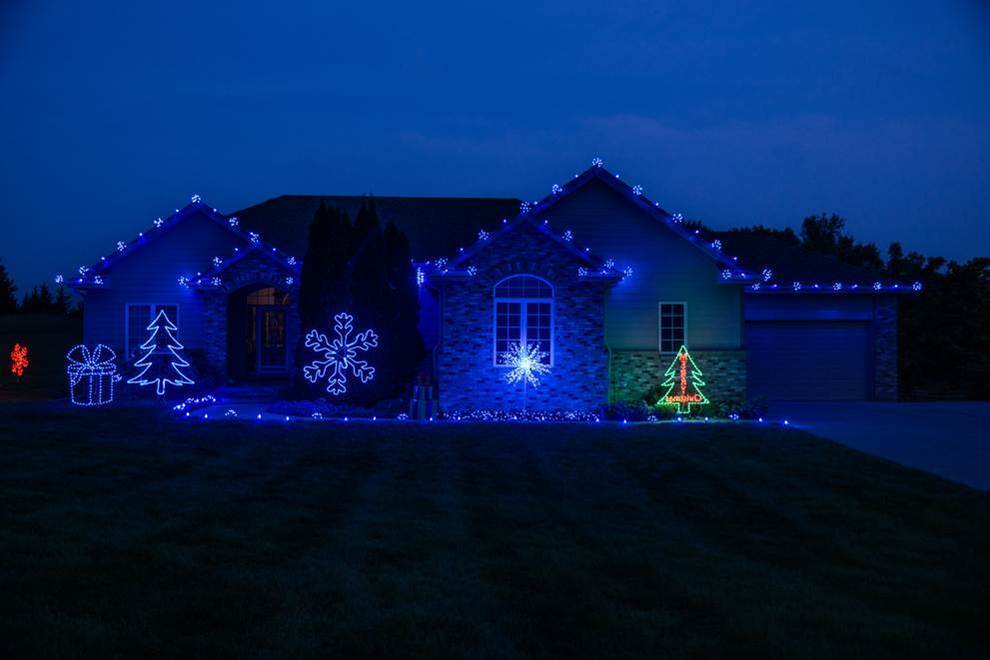
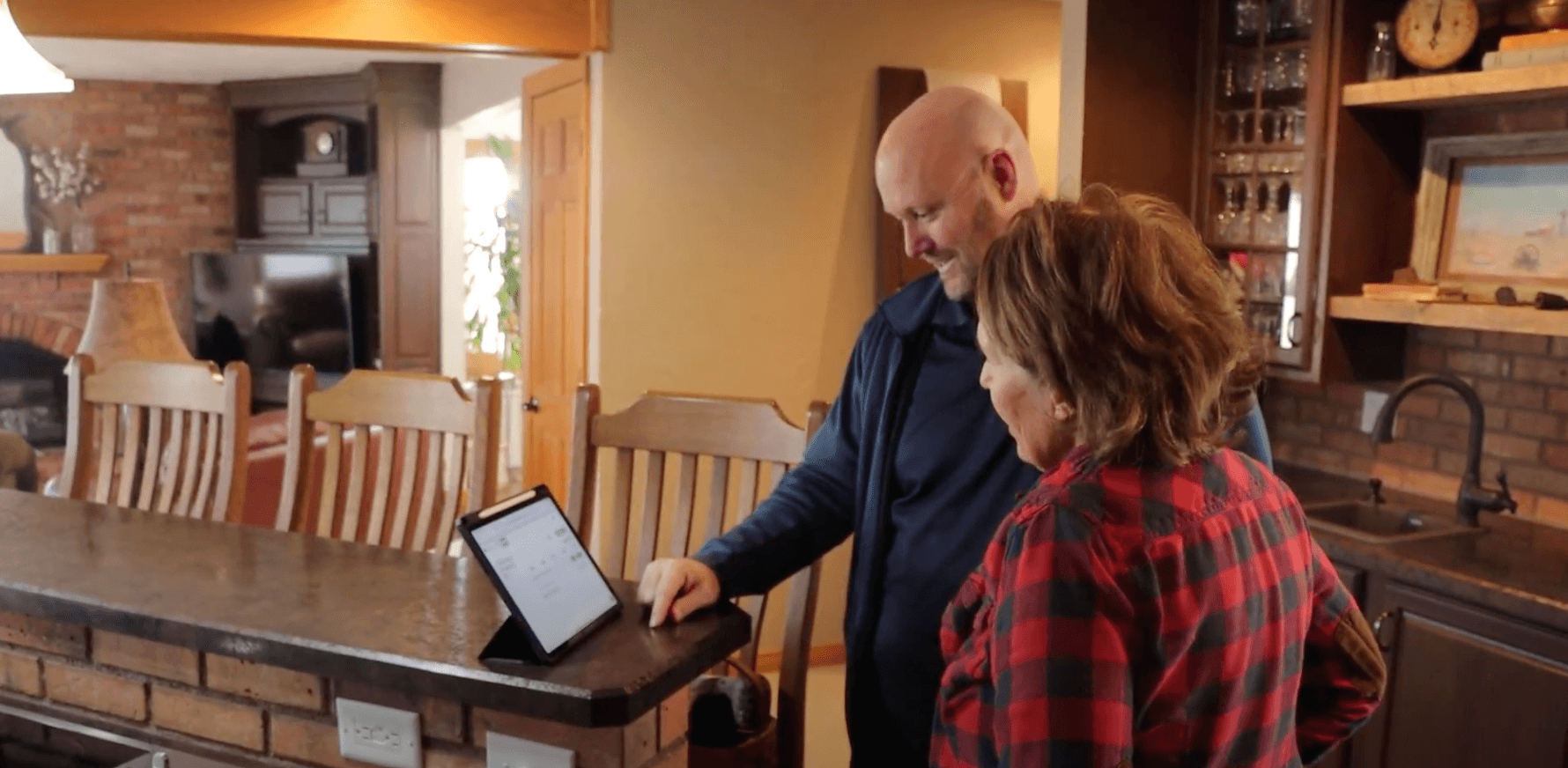
-Oct-22-2025-01-39-19-5208-PM.png?width=800&height=418&name=Blog%20Post%20Image%20Size%20(1)-Oct-22-2025-01-39-19-5208-PM.png)
